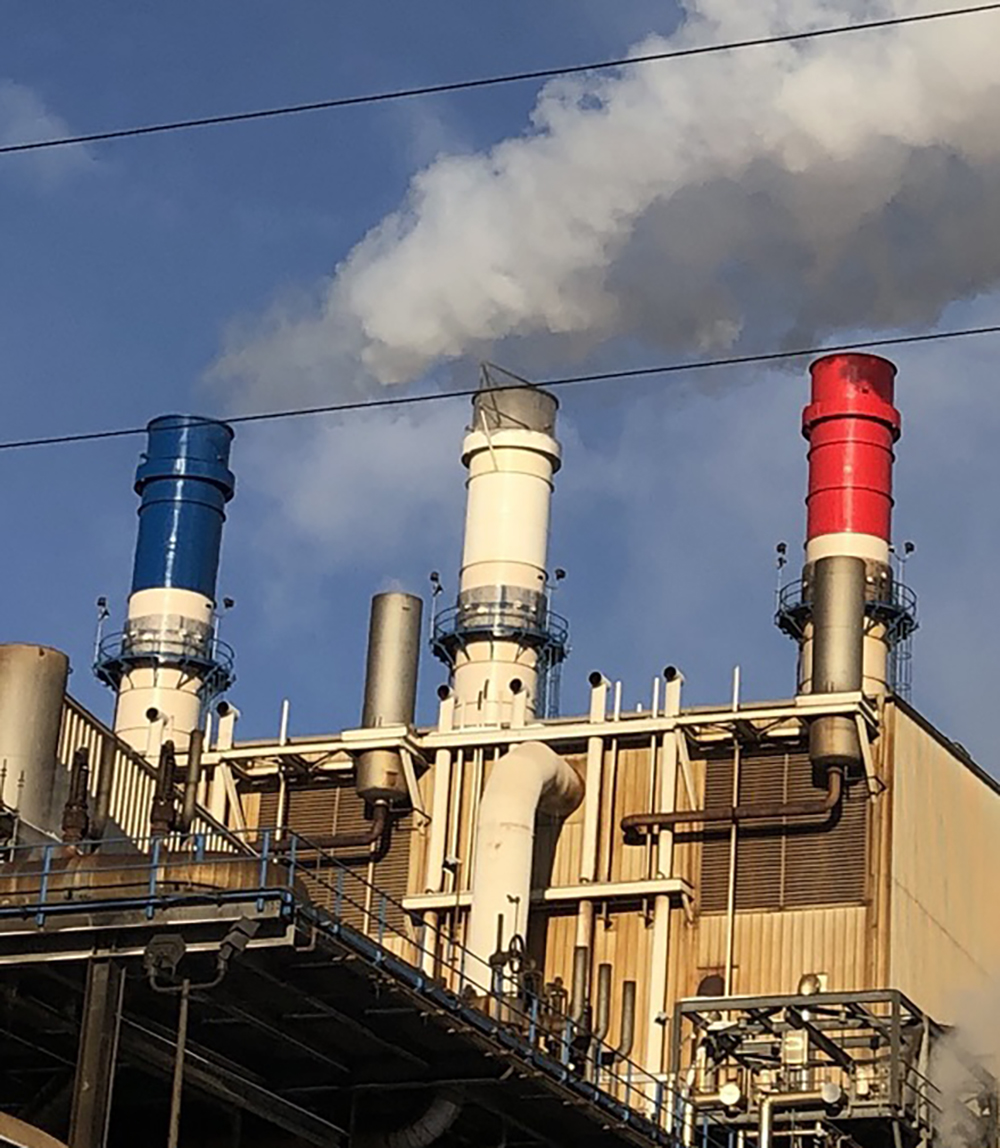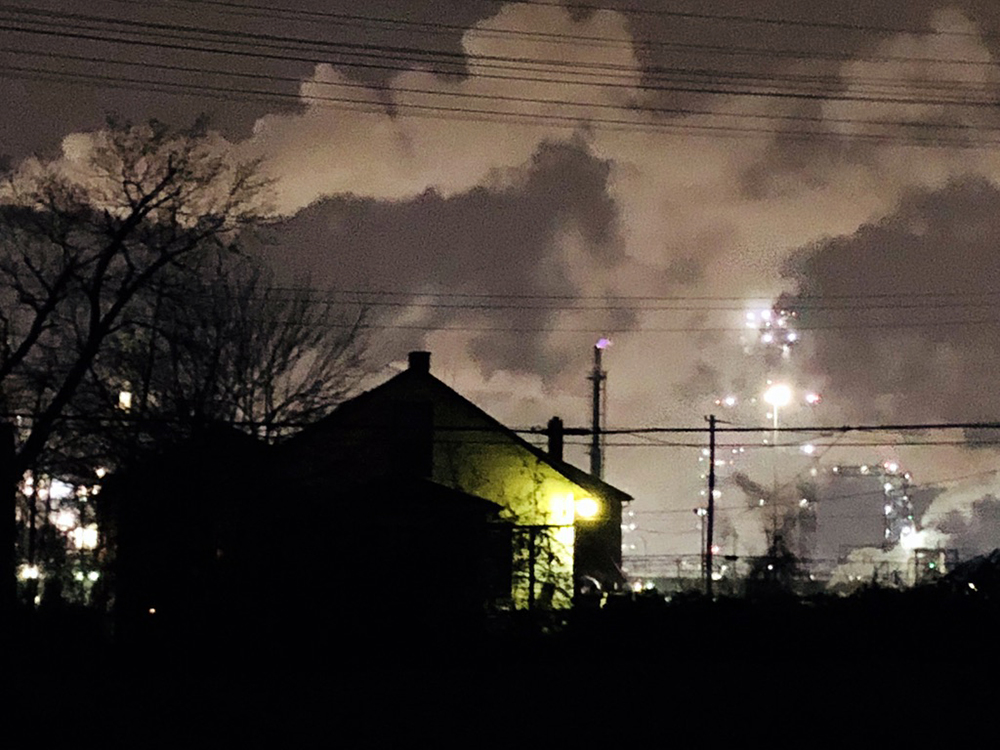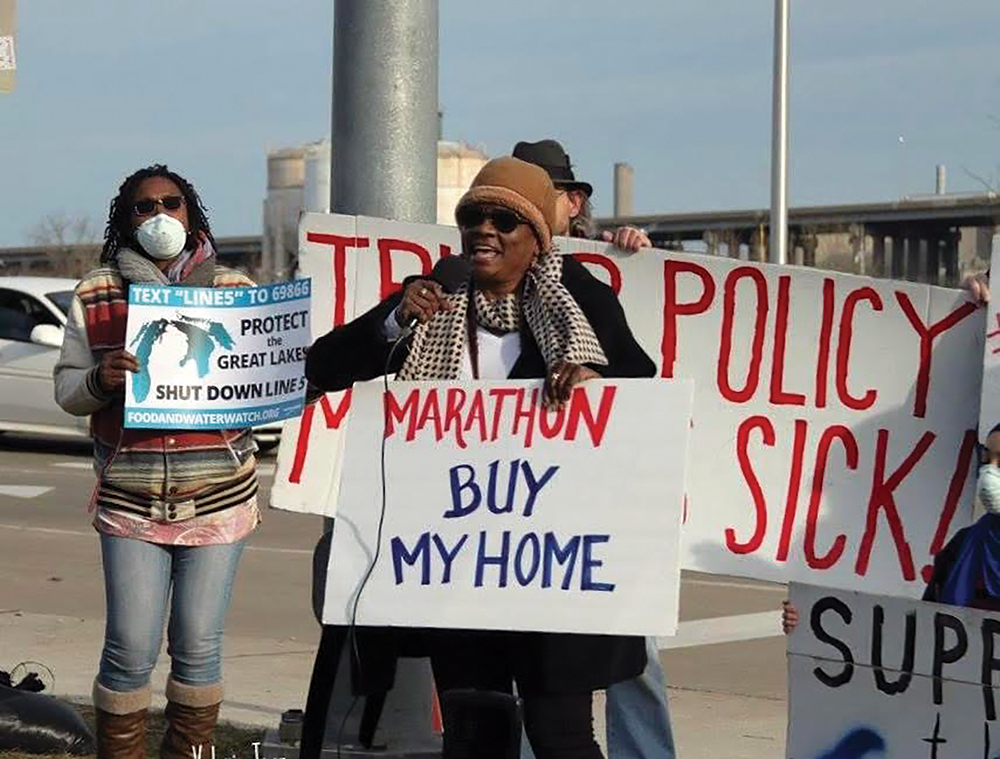Two communities have the same harmful chemical emissions but with extremely different responses and outcomes. As noted in this paper’s cover feature last week, residents of South Memphis recently received the startling news that they might be exposed to cancer-causing chemicals from Sterilization Services of Tennessee, a company in their Memphis 38109 community that sterilizes medical equipment.
Oh, the irony. Damage some people with toxins to protect others with clean equipment.
The Environmental Protection Agency shared the dire news at a community meeting that ethylene oxide (EtO), a known carcinogen, was being released into the air by the company. As expected, shocked and outraged citizens demanded to know the health impact and when the toxic exposure would cease. “You should move,” said one government official. It was pointless advice, as if the people could just pick up and move during these tough economic times. They also received a bunch of bureaucratic hurry-up-and-wait-for-relief responses.
Sterilization Services of Tennessee is based in a community that is home to a population of 96.6 percent Black and 1.8 percent white residents. The median home value is $67,000 and median household income is $31,067.

In comparison, a company called Cosmed Group LLC, based in Erie, Pennsylvania, also sterilizes medical equipment using the same chemical, EtO. Instead of making people move, that company added new controls that became operational in August of this year. Cosmed installed a wet scrubber and a combo water balancer/catalytic oxidizer to control emissions from their facility, based in zip code 16510.
As a result of these changes made by Cosmed, the risk level for residents in their “Erie, PA, facility area has decreased,” according to information on the EPA’s website. The population of Erie is 86 percent white and 9.7 percent Black with a median household value of $105,200 and median household income of $53,021.
It is frustrating, but not at all surprising, to see the disparate outcomes in these two communities. The white community received relief while everything remains uncertain for the Black community.
As a recent frontline environmental justice organizer in Detroit, I became acutely aware of how Black people are more likely to breathe toxic air. The community I left behind in the Motor City remains the most polluted in the sate of Michigan, with more than 27 industrial facilities spewing harmful chemicals into my area on a daily basis. In fact, my community was known for being the most polluted in the state. It was impacted by steel mills, a water and sewerage treatment facility, a biosolids company that baked human waste into fertilizer, asphalt plants, a huge automotive plant, a lime production facility, and a massive oil refinery, plus a freeway adjacent to our subdivision.

Mirroring residents in South Memphis, we had a wide range of diseases and illnesses related to toxic air. I was diagnosed with non-Hodgkin’s lymphoma and asthma, and had to undergo a kidney transplant. My health maladies were not unique. They, in fact, were ubiquitous in our zip code.
As a concerned citizen, I have met with residents of South Memphis who live near Sterilization Services. Hearing their health stories felt like I was sitting at home in a community meeting. My heart ached as I fought back tears. I also was impressed and uplifted by their resolve to keep fighting for a healthy outcome. But why do Black people always have to agitate for everything, even life itself? Our life expectancy should not be determined by our zip code.
“The redlining that occurs in our communities is the same boundaries polluters use to set up facilities in our area,” said Justin J. Pearson, co-founder of Memphis Community Against Pollution. “We live in sacrifice zones.”
Clean air advocates often predict dire consequences regarding the increase in global warming. What they have missed is Black people are already the canaries in the catastrophic environmental coal mine. It is unconscionable to sacrifice the health of a group of people so that others may benefit.
The EPA, government agencies, and industrial facilities must work to develop timely and permanent solutions to end toxic deaths and promote good health outcomes in Black communities. If a company in Erie, Pennsylvania, can solve a pollution problem for white people, it can be done here too by Sterilization Services for Black people in South Memphis.
Emma Lockridge is a veteran news reporter who focuses on the environment and social justice initiatives. Formerly based in Detroit, she also is a photojournalist who has had exhibits of her impactful images.


